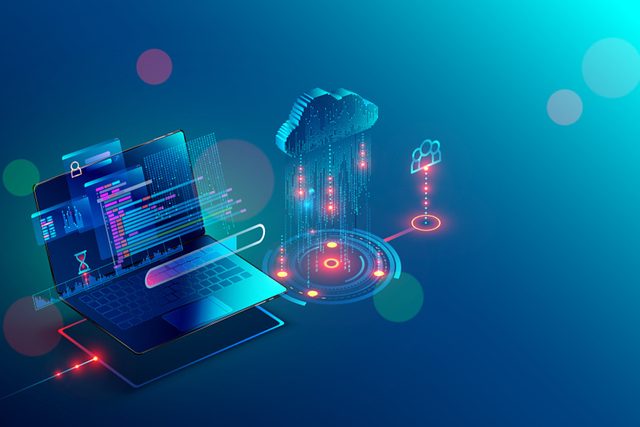Artificial Intelligence (AI) is transforming performance monitoring and coaching in training and content delivery, offering strategic adjustments based on data analysis. By automating tasks and providing personalized recommendations, AI frees up coaches' time while enhancing user engagement through time-of-day optimized content delivery. Real-time feedback allows for continuous adaptation, leading to improved outcomes. Efficient Trainer Metrics Tracking leverages AI tools and advanced algorithms to predict challenges and suggest improvements by analyzing training data. AI time-of-day optimization for content delivery ensures educational materials are presented during peak cognitive load and engagement times, maximizing learning outcomes through data-driven insights.
“In the realm of modern education, Artificial Intelligence (AI) tools are transforming how we monitor trainer performance. This article delves into the multifaceted role of AI in enhancing learning experiences. We explore ‘time-of-day optimization’—a strategic approach to AI time-of-day optimization for content delivery, ensuring peak engagement. By analyzing metrics, these tools enable trainers to refine their techniques and adapt content, fostering a more effective and efficient learning environment. From understanding the technology to implementing tracking strategies, this guide offers insights for maximizing educational outcomes.”
- Understanding AI's Role in Performance Monitoring
- Time-of-Day Optimization: Enhancing Content Delivery
- Tools and Techniques for Efficient Trainer Metrics Tracking
Understanding AI's Role in Performance Monitoring

Artificial Intelligence (AI) is transforming the way we monitor and optimize performance, especially in dynamic fields like training and content delivery. In this context, AI tools act as powerful assistants, providing insightful data that helps trainers gauge their effectiveness. By analyzing various metrics, these tools can identify patterns and trends, enabling coaches to make informed adjustments to their strategies. This is particularly beneficial for content delivery; understanding the best time-of-day to optimize content accessibility enhances user engagement, ensuring information reaches its target audience when they are most receptive.
AI’s role in performance monitoring extends beyond data analysis. It can automate routine tasks, freeing up trainers’ time to focus on more strategic aspects of their work. This technology allows for personalized coaching by offering tailored recommendations based on individual performance data. With AI, trainers can expect to receive real-time feedback, enabling them to adapt and improve continuously, ultimately leading to better outcomes for both the trainer and the trainees.
Time-of-Day Optimization: Enhancing Content Delivery

AI tools can optimize content delivery by analyzing and understanding the best times to present information based on user behavior and performance metrics. By leveraging AI time-of-day optimization for content delivery, trainers can ensure that their materials reach learners when they are most receptive. This strategic approach enhances engagement and improves learning outcomes.
For instance, an AI model might identify that certain topics or types of content perform better in the morning due to increased focus levels, while others are more effectively absorbed during the evening. Adjusting delivery schedules according to these insights can maximize the impact of training sessions, making them more efficient and effective.
Tools and Techniques for Efficient Trainer Metrics Tracking

Efficient Trainer Metrics Tracking relies on a combination of cutting-edge AI tools and strategic techniques. These technologies enable detailed performance monitoring by analyzing vast amounts of data generated during training sessions. Advanced algorithms can identify patterns, pinpoint areas for improvement, and even predict potential challenges based on historical insights.
One game-changing approach is the implementation of AI time-of-day optimization for content delivery. By understanding trainer behavior and preferences at different times of the day, these systems tailor educational materials accordingly. This ensures that content is delivered when cognitive load and engagement are highest, maximizing learning outcomes. Such optimizations, coupled with regular feedback mechanisms, empower trainers to continuously refine their methods based on data-driven insights.
AI tools are transforming trainer performance monitoring by offering efficient metrics tracking and innovative strategies like time-of-day optimization for enhanced content delivery. By leveraging these technologies, trainers can improve their effectiveness, tailor instruction to student needs, and ultimately foster better learning outcomes. As AI continues to evolve, its role in education will only become more integral, revolutionizing how we teach and learn.
